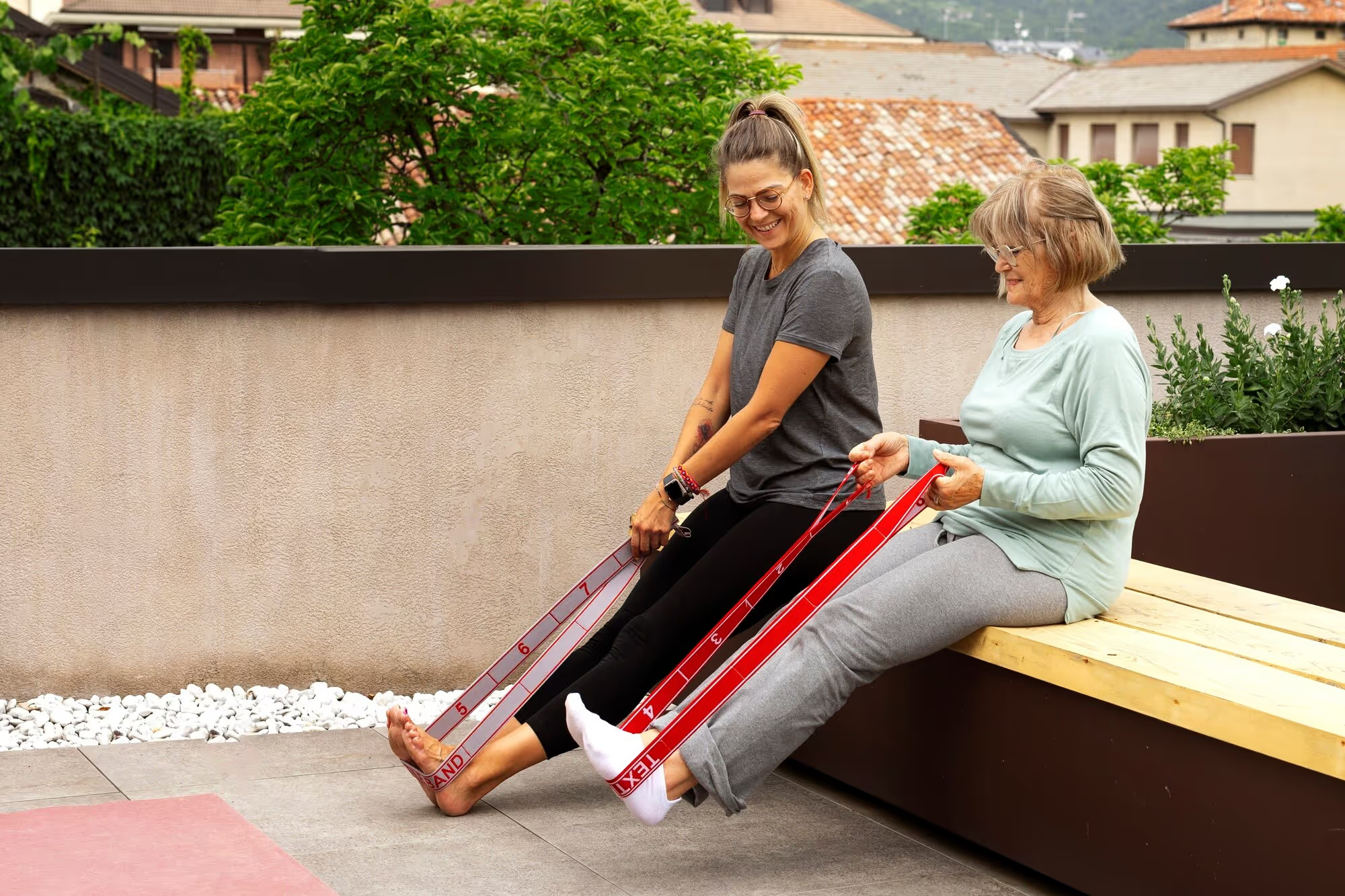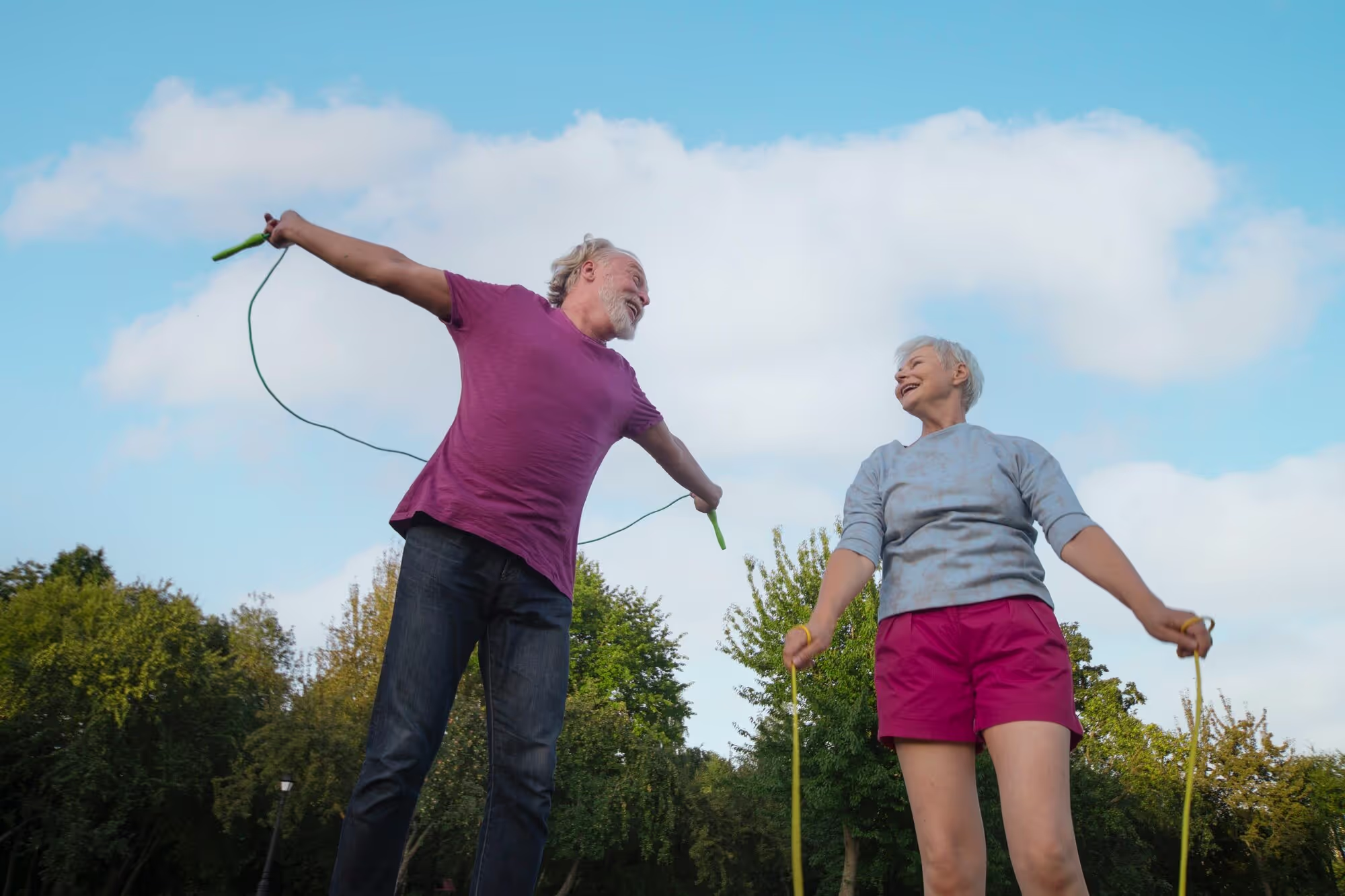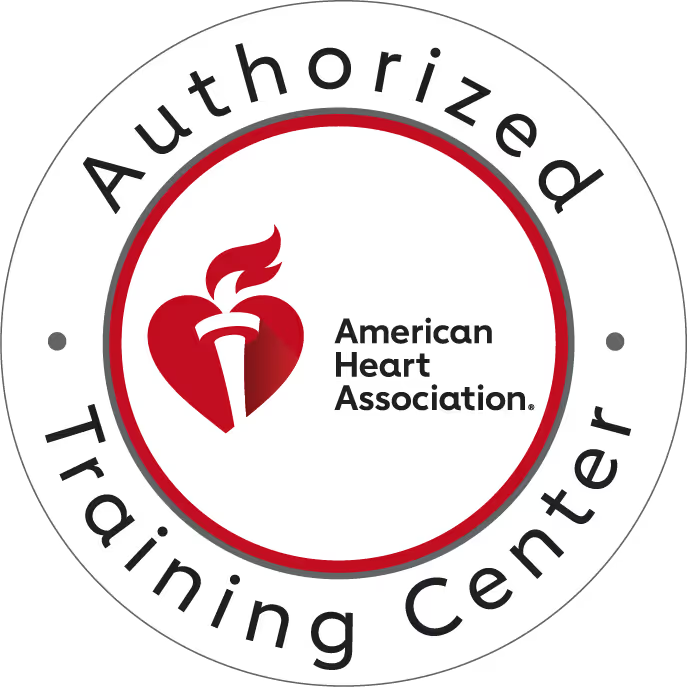
How to Prevent Falls and Injuries in Older Adults
As we age, the risk of falls and injuries increases due to changes in balance, muscle strength, vision, and coordination. According to the Centers for Disease Control and Prevention (CDC), one in four older adults falls each year, and falls are the leading cause of injury-related deaths and disabilities in this age group. However, the good news is that falls are preventable. By taking proactive steps, older adults can reduce their risk of falls and injuries, maintain their independence, and enjoy a higher quality of life.
This article will explore practical strategies for preventing falls and injuries in older adults, focusing on improving physical health, modifying the home environment, and promoting safety awareness.
1. Maintain Physical Health and Strength
One of the most effective ways to prevent falls is to improve and maintain physical health. As we age, muscle strength, flexibility, and balance naturally decline, which can increase the likelihood of falling. Regular exercise is a key component of fall prevention, as it helps to strengthen muscles, improve balance, and increase coordination.
- Strengthen muscles: Regular strength training exercises can help maintain muscle mass, improve mobility, and reduce the risk of falls. Simple exercises like squats, leg lifts, and chair exercises can help strengthen the legs, hips, and core muscles, all of which play a crucial role in balance and stability.
- Improve balance: Balance exercises, such as tai chi, yoga, and standing on one leg, are highly effective in enhancing coordination and stability. These exercises help improve proprioception (the body’s ability to sense its position in space), which is vital for preventing falls.
- Increase flexibility: Stretching exercises can improve flexibility and joint range of motion, which in turn can help prevent falls. Incorporate stretching into your daily routine to maintain flexibility in your legs, hips, and back.
- Stay active: Regular physical activity, such as walking, swimming, or cycling, helps to keep the body agile, improve cardiovascular health, and boost energy levels. Encourage older adults to engage in at least 150 minutes of moderate-intensity exercise per week, as recommended by the World Health Organization (WHO).
Physical activity is essential for maintaining strength, flexibility, and balance, all of which are crucial for preventing falls and injuries.

2. Modify the Home Environment
Falls often occur in the home, particularly in areas such as the bathroom, bedroom, and stairs. Making simple modifications to the home environment can significantly reduce the risk of falls and injuries.
- Remove tripping hazards: Check the home for potential tripping hazards, such as loose rugs, electrical cords, and clutter. Secure rugs with non-slip mats or remove them altogether, and ensure that all cords are tucked away or taped to the floor.
- Improve lighting: Poor lighting can make it difficult to see obstacles and navigate safely. Ensure that all rooms, hallways, and staircases are well-lit. Consider installing motion-sensor lights in hallways and bathrooms to reduce the risk of tripping, especially at night.
- Install grab bars: Installing grab bars in key areas such as the bathroom (near the toilet and in the shower) can provide extra support when standing, sitting, or moving around. Ensure that these bars are securely fastened to walls.
- Use non-slip mats: Place non-slip mats in the bathtub, shower, and on the floor to reduce the risk of slipping in wet areas.
- Ensure easy access to essentials: Keep frequently used items within easy reach to avoid the need to stretch or climb. This can prevent falls caused by trying to reach for something too high or too far away.
A well-maintained, clutter-free home environment with proper lighting and support features is crucial for reducing fall risks in older adults.
3. Promote Vision Health
Changes in vision can increase the likelihood of falling, as poor vision makes it harder to detect obstacles and navigate safely. Regular eye exams and appropriate corrective eyewear are essential for maintaining vision health and reducing fall risk.
- Schedule regular eye exams: Older adults should have their eyes checked at least once a year to detect any vision problems, such as cataracts, macular degeneration, or glaucoma, that could impair vision. Early detection and treatment can help maintain better vision and prevent falls.
- Update prescription glasses: Ensure that eyeglasses or contact lenses are up to date, and that the correct prescription is used for both distance and near vision. Wearing the wrong prescription or glasses with scratched lenses can increase the risk of falls.
- Consider vision aids: For individuals with impaired vision, consider using aids like magnifying glasses, brighter light sources, or talking devices to assist with reading and everyday tasks.
Good vision is essential for fall prevention, as it enables individuals to detect hazards and navigate their environment safely.
4. Promote Medication Safety
Certain medications or combinations of medications can increase the risk of falls by causing dizziness, drowsiness, or low blood pressure. Older adults should work closely with their healthcare providers to manage their medications safely and avoid any adverse effects.
- Review medications regularly: Encourage regular medication reviews with a healthcare provider to assess the risks of each medication and how they interact. Some medications may need to be adjusted or changed to reduce the risk of dizziness or other side effects that could lead to falls.
- Monitor blood pressure: Certain medications, such as those for high blood pressure or heart conditions, can cause low blood pressure when standing up, which increases the risk of falls. Regularly monitor blood pressure and adjust medications as necessary under the guidance of a healthcare professional.
- Avoid multiple medications: Polypharmacy (the use of multiple medications) can increase the risk of side effects and interactions that can lead to falls. Where possible, try to reduce the number of medications or find safer alternatives.
- Stay hydrated: Dehydration can cause dizziness and lightheadedness, increasing the risk of falls. Ensure that older adults drink enough water throughout the day, especially if they are on medications that may contribute to dehydration.
By managing medications carefully and working with healthcare providers, older adults can reduce the risk of medication-related falls and injuries.
5. Encourage Regular Health Check-ups
Regular health check-ups are important for identifying and addressing potential fall risks early on. Conditions such as osteoporosis, joint problems, and neurological disorders can increase the risk of falling and should be monitored by healthcare professionals.
- Bone health: Osteoporosis is a common condition in older adults that weakens bones and increases the risk of fractures from falls. Encourage weight-bearing exercises, a diet rich in calcium and vitamin D, and medications if prescribed to strengthen bones.
- Joint health: Arthritis and joint problems can affect mobility and balance. Regular check-ups with a healthcare provider can help manage joint pain and improve mobility through physical therapy, medications, or other interventions.
- Hearing tests: Hearing loss can affect balance and increase the risk of falls. Regular hearing tests can help identify hearing loss and allow for timely intervention, such as hearing aids, to improve balance and safety.
Regular health check-ups ensure that underlying health conditions are identified and managed, which can play a significant role in fall prevention.
6. Stay Socially Active
Social isolation can lead to physical and mental health decline, which increases the risk of falls. Staying socially active and engaged can promote both physical and emotional well-being, reducing the likelihood of accidents and injuries.
- Participate in group activities: Encourage older adults to join social groups or participate in community activities, such as exercise classes, book clubs, or senior center programs. These activities help keep them engaged, active, and mentally sharp.
- Maintain connections with family and friends: Regular social interactions with family and friends provide emotional support, reduce feelings of loneliness, and promote mental well-being.
Social engagement can improve mood, reduce stress, and encourage physical activity, all of which contribute to fall prevention.
Conclusion
Falls and injuries in older adults are a serious concern, but they are preventable with the right strategies. By maintaining physical health through exercise, modifying the home environment for safety, promoting vision and medication health, and encouraging regular health check-ups, older adults can significantly reduce their risk of falls. Staying socially active and engaged also plays a vital role in improving overall well-being and fall prevention. By taking proactive steps, older adults can enjoy a safer, healthier, and more independent life.
Related Articles






















